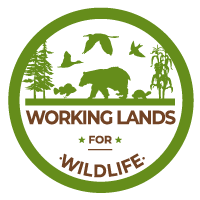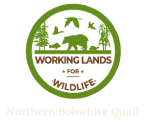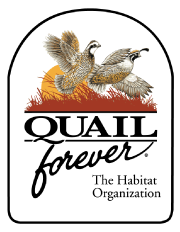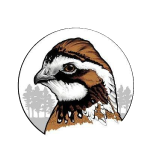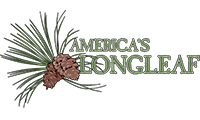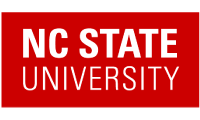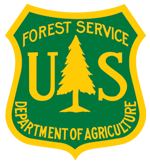Native Grass Forages for the Eastern US
I recently spoke with Patrick Keyser, Director of the Center for Native Grasslands Management at the University of Tennessee about his book Native Grass Forages for the Eastern US. The book is a comprehensive guide to understanding and managing native grasses for forage, wildlife, water quality and better soil. Dr. Keyser has worked with native grasses for nearly four decades, and for the past 15 years, he has focused exclusively on this subject. He now wants to bring the lessons he’s learned to a broader audience.

“A lot of this info goes into academic journals and is forgotten,” says Keyser. “This book brings together evidence-based info about native grasses in one place where anyone can understand it.”
Keyser points to the introduction of cool season grasses after the dust bowl as a major negative turning point for wildlife and our systems of grazing. While introduced with the intention of providing better forage for cattle production, these cool season grasses such as fescue and bermuda grass lose productivity during the “summer slump,” or the hottest parts of the year. These introduced grasses also quickly create monocultures that lead to reduced habitat and soil quality as well as less available insects for pollination and forage for wildlife.
“In places like the Southeast, we’ve created landscapes that are closed canopy loblolly pine plantations or bermuda grass pastures. It used to be that people would graze cattle in open oak savannas on native grasses,” Keyser says. “Now we have a combination of overgrazing, monocultures and a lack of bugs which is untenable for wildlife such as bobwhite quail.”
The solution Keyser proposes is integrating both native grasses and grazing to help recreate the ecological conditions that made the US the icon of abundance that it once was. Beyond simply showing the benefits of native grasses, the book goes into depth on management topics such as weed control in established native grass stands, diseases and insects, prescribed fire as well as interseeding legumes and native forbs into native grass stands. This holistic approach can give landowners the knowledge they need to reap the benefits of native warm season grasses.
When I asked him who this book was aimed at, he said, “Anybody interested in pastures east of the Mississippi who want to produce more cattle and better cattle, as well as anyone who is interested in wildlife, soil quality and water quality. Native grass’s vertical structure and ‘clumpiness’ allows room where weeds can grow. That vegetative diversity creates a perfect place for bugs to thrive, which brings in the birds. Adding cattle to this equation just enhances that.” This not only pays dividends for wildlife, but for soil health and for increasing the amount of available forage for cattle throughout the year.
I also spoke with Nick Schell, the USDA’s Working Lands for Wildlife Framework Coordinator East/Central about how landowners interested in planting native warm season grasses (NWSG) can get help starting.
“NRCS Working Lands for Wildlife (WLFW) has resources available for landowners and producers who are interested in incorporating drought tolerant NWSG into their current forage system,” says Schell. “From pre-planting site preparation, planting, and post-planting. NRCS and their conservation partners are available to provide science driven guidance during each step in the process, ensuring successful establishment.”
WLFW focuses on empowering landowners to incorporate conservation practices into their agricultural operations. From technical assistance to cost sharing, WLFW can make implementing conservation work an attainable reality.
Keyser’s book, Native Grass Forages for the Eastern US, can be purchased here. To learn more about programs available for establishing native warm season grasses, contact your local Quail Forever Biologist or USDA-NRCS office.


